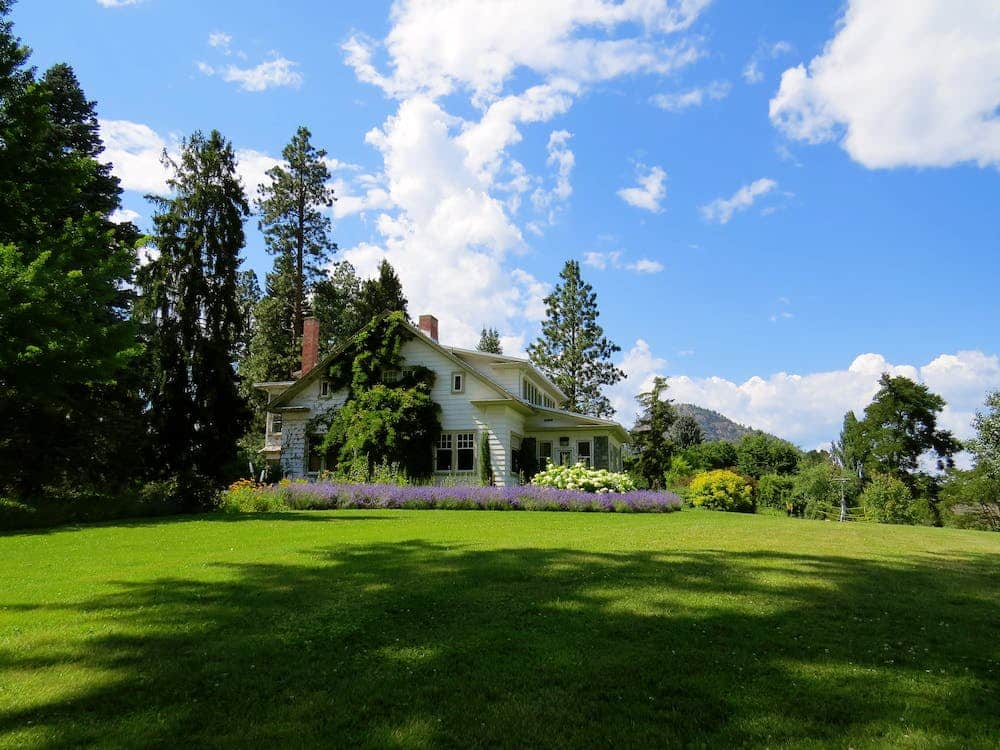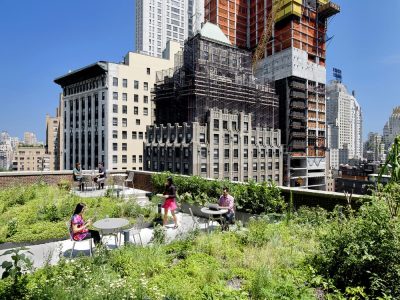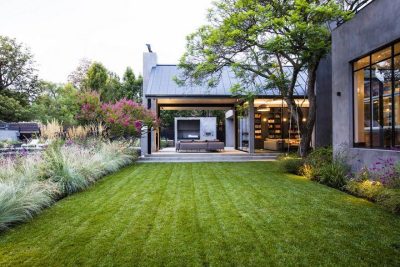
“Landscaping is the art of orchestrating nature’s beauty, where gardens become living poetry and the earth becomes a canvas for breathtaking masterpieces.” – Unknown Source
There’s something undeniably majestic about hills nestling orchards or cascades of flowers caressing swathes of lush green grass. Large scale landscaping has that certain élan–a unique allure that cannot quite be mirrored by its smaller counterparts. Whether your vision involves sculpting a 40-acre estate or adding structure to a suburban backyard, the art of landscaping requires deep understanding, planning, and a sharp aesthetic eye to marry horticulture, architecture and design.
The Rising Popularity of Large Scale Landscaping
Recent developments bear witness to an upswing in the appreciation for large-scale landscapes with a growing interest in transforming one’s yard into a private oasis. While smaller, portable and minimalist designs have long been favored in urban cultural landscapes, sprawling green spaces are experiencing a resurgence in popularity. Walker, of The Wall Street Journal reported a sharp jump in landscaping projects amidst the pandemic a couple of years ago, as outdoor living gained prominence in a locked-down world. “Cut off from society, Americans found a green new world in the backyard.” Similarly, Reuters documented a surge within the nursery industry as homeowners sought to reconceptualize their yards for multipurpose utility.
The Appeal of Expansive Spaces
Large-scale landscaping presents designers and homeowners with a near blank canvas, where the limits are usually predetermined by budget and not space. The scope to be innovative and artistic is undoubtedly greater. One can establish unique focal points with statement plants, create winding pathways, or designate separate spots for particular activities – the options are fascinatingly endless.
Starting on massive landscaping projects can sound pretty daunting, right? But hey, it gets a lot easier if you mix in things like tech and heavy-duty gear like mini excavator tracks. Why bother straining your muscles when these types of machines can reshape your yard, dig out massive spots for swimming pools or ponds and even move and plant huge trees without even breaking a sweat.
These changes are not just about making your space look amazing but they also bump up the value of your property. Virginia Tech’s study says smart landscaping can increase your property’s value, pushing it up by up to 12.7%.
Some Fundamentals of Large Scale Landscaping Design
Creativity has its place, of course, but having a foundational plan mapped out is equally essential. Establishing a flow and harmonizing with the natural landscape should be primordial considerations. The terrain’s natural lines and contours should be recognized and worked with, not against.
- Embrace Your Space – Appreciate the scale you are working with. Break down the area into smaller, manageable sections and start conceptualizing for each, while keeping a cohesive overall design in mind.
- Befriend Your Environment – Know your climate and choose appropriate, low maintenance vegetation. Local universities and county extension services are excellent resources in assisting you to match your garden scheme with the area’s natural elements.
- Structure Equals Success – Structure, in the form of paths, walls, terraces or water features, will add dimension and depth to your design. Thinking in layers and experimenting with a variety of plant heights can yield exquisite results.
Large-scale landscaping is about bold strokes, but it also is significantly about how these grand gestures are delicately tied together to create a harmonious whole. It’s about having the courage to imagine, the skill to execute, and the wisdom to know that the greatest designs are those that work in concert with nature, rather than against it. Embrace the vastness for vastness and large scale landscaping are truly a match made in design heaven.








